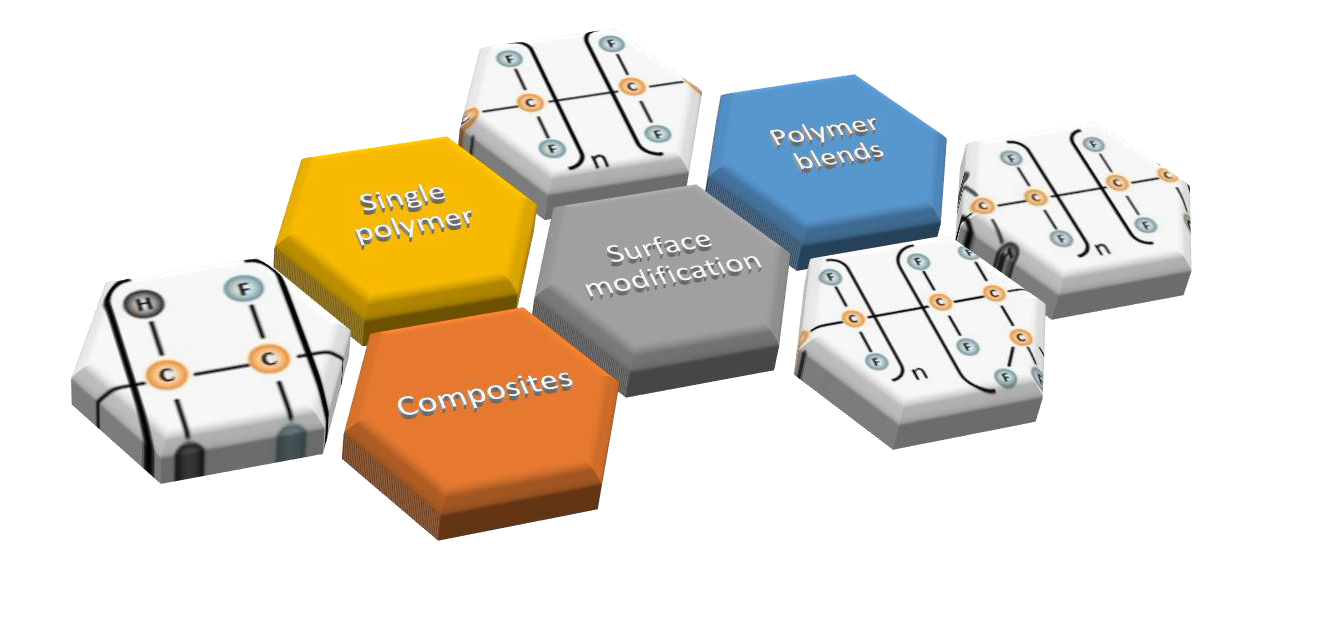The separator membrane is an essential component of lithium-ion batteries, separating the anode and cathode and controlling the number and mobility of the lithium ions. Among the polymer matrices most investigated for battery separators are poly(vinylidene fluoride) (PVDF) and its copolymers poly(vinylidene fluoride-co-trifluoroethylene) (PVDF-TrFE), poly(vinylidene fluoride-co-hexafluoropropylene) (PVDF-HFP), and poly(vinylidene fluoride-cochlorotrifluoroethylene) (PVDF-CTFE), due to their excellent properties such as high polarity and the possibility of controlling the porosity of the materials through binary and ternary polymer/solvent systems, among others. This review presents the recent advances on battery separators based on poly(vinylidene fluoride) (PVDF) and its copolymers for lithium-ion batteries. It is divided in the following sections: single polymer and co-polymers, surface modification, composites and polymer blends. Further, a critical comparison between those membranes and other separator membranes is presented, as well as the future trends on this area.

